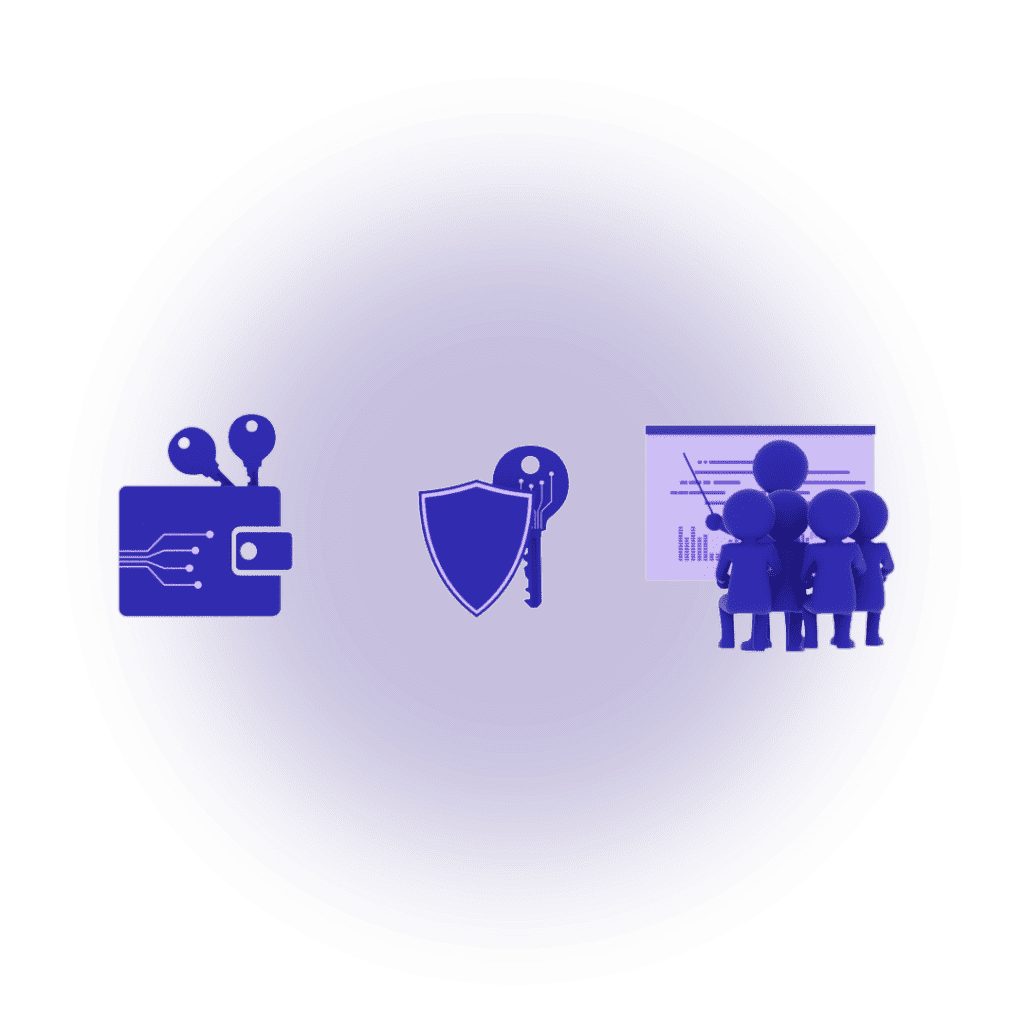Are cryptocurrencies safe?
When it comes to cryptocurrencies, one of the most common questions from people new to crypto is whether they are safe. It is a very complex topic (or a question) that basically every crypto user has formed his opinion about.
Since it is a relatively new market, the issue of safety and security is certainly relevant. Cryptocurrencies come with their own set of risks, one of which is their volatility. Considering that the term “cryptocurrency” itself comes from the word “cryptography” (technology used for encryption and security), it is clear that the construction of the technology itself is strongly focused on security.
Blockchain and cryptography, which form the foundation for most cryptocurrencies, inherently provide a very secure way to store and transfer funds. Of course, provided that certain safety measures are taken into account.
A big factor in safely storing cryptocurrencies is also each of the users. Risks affect every individual, and it is up to him to do everything to avoid them. The first step is the way you store your cryptocurrencies – do you keep them on the exchange itself, or do you have a more secure – cold – wallet to store them. The second step is to carefully protect your keys and passwords. As we already mentioned in the “Public and private key” chapter, losing the key means losing access to cryptocurrencies, just as revealing the key to another person means that they can take control of your funds at any time.

One of the main steps an individual can take towards their crypto security is knowledge. Recognizing potential threats, reviewing projects, and knowing safety factors gives an individual the power to protect himself.
However, the crypto world is not just blockchain and cryptography. Many other related services come with it. This covers a wide range of communications, social networks, exchanges, wallets and other sites where people discuss and trade cryptocurrencies. In such a vast arena, there is also a lot of room for potential pitfalls and scams. This includes everything from lack of regulations and laws, to cyber-attacks, phishing, i.e. “pump and dump” projects, Ponzi schemes, etc.

That being said, safety and security in the crypto world largely depend on how an individual chooses to navigate through the crypto world. If he is aware of the dangers and knows how to recognize them, he can act carefully and protect himself from potential risks. In the following chapters, we will delve even deeper into the topic of security in the crypto world and examine various dangers – how to recognize them and how to act to avoid them.
